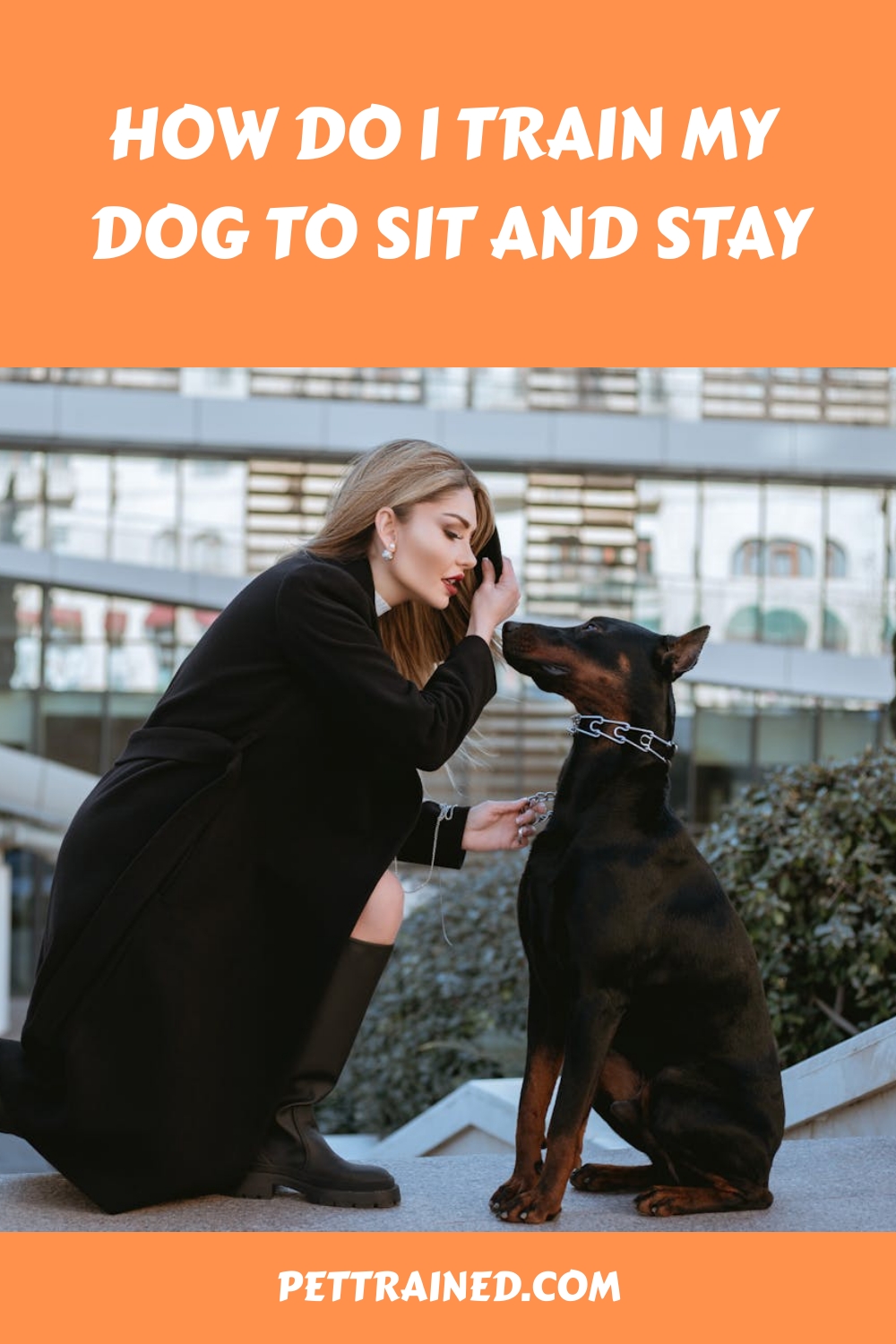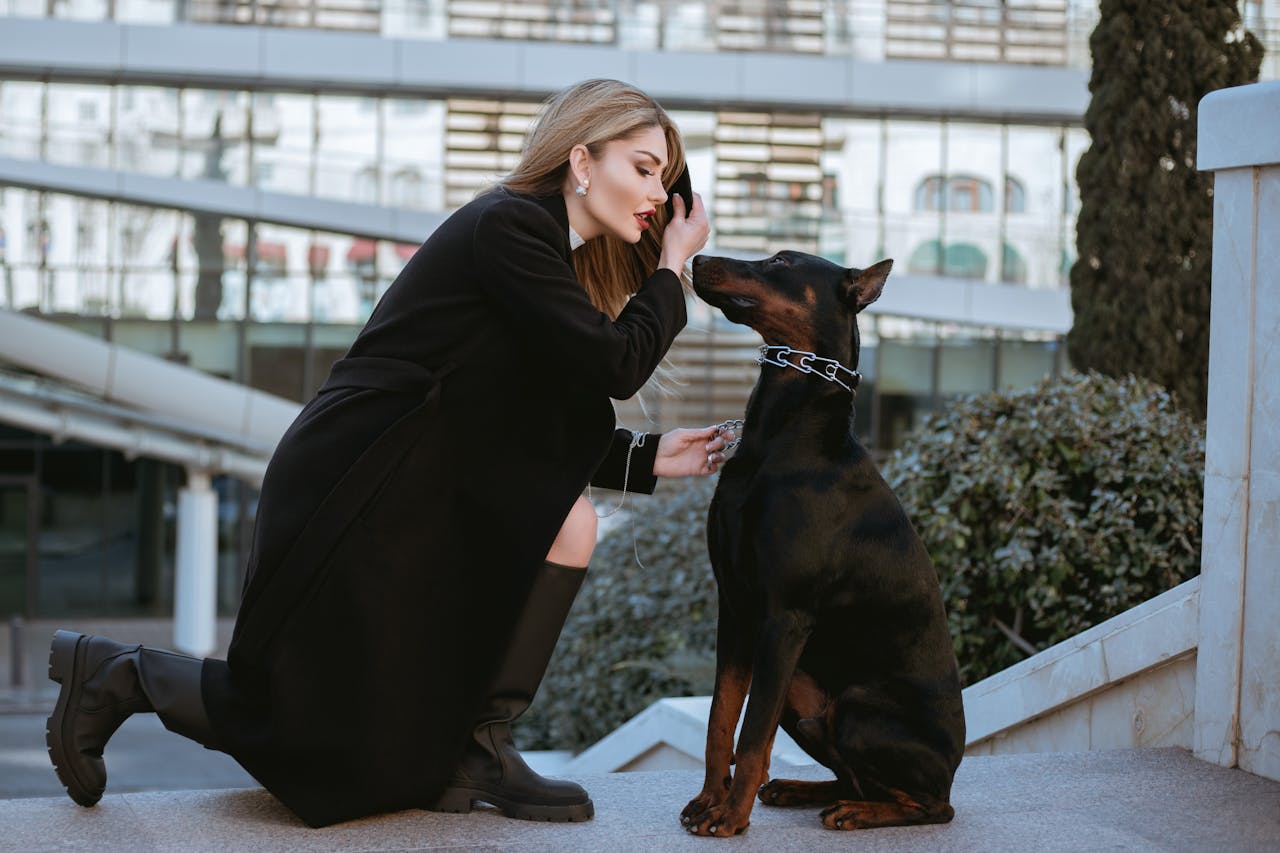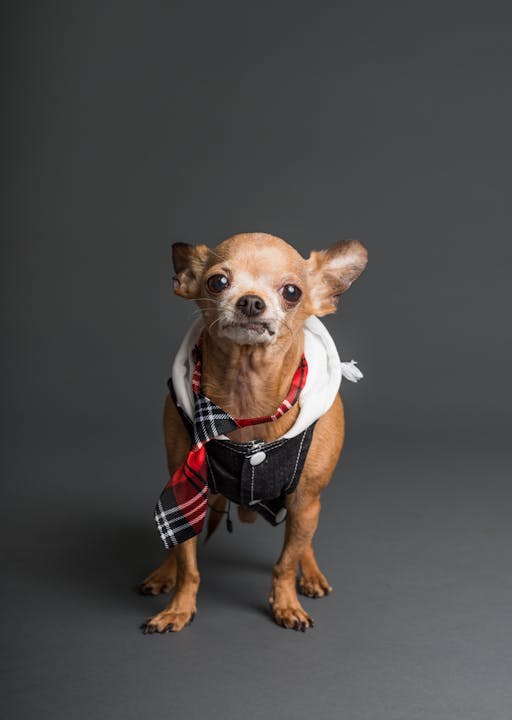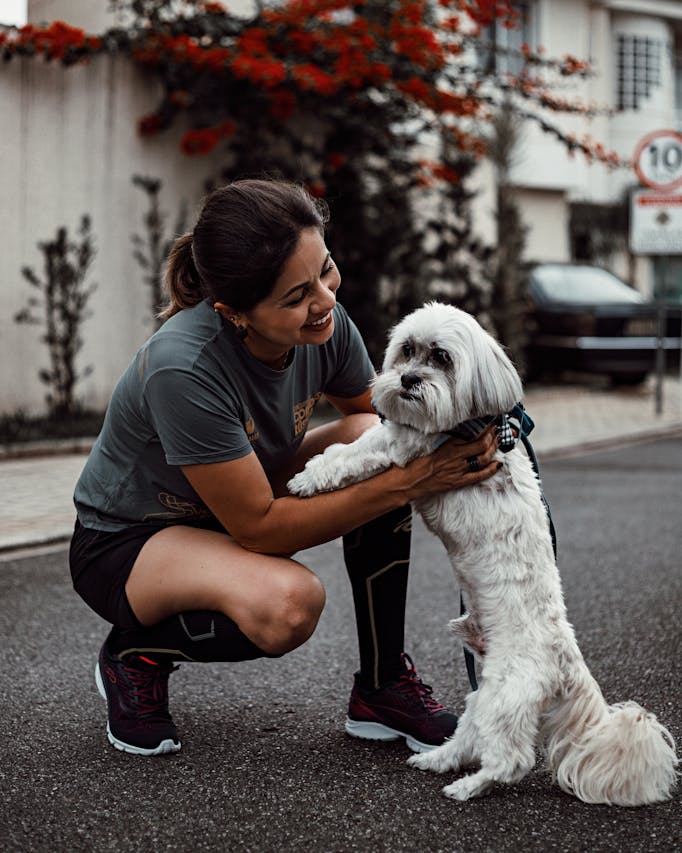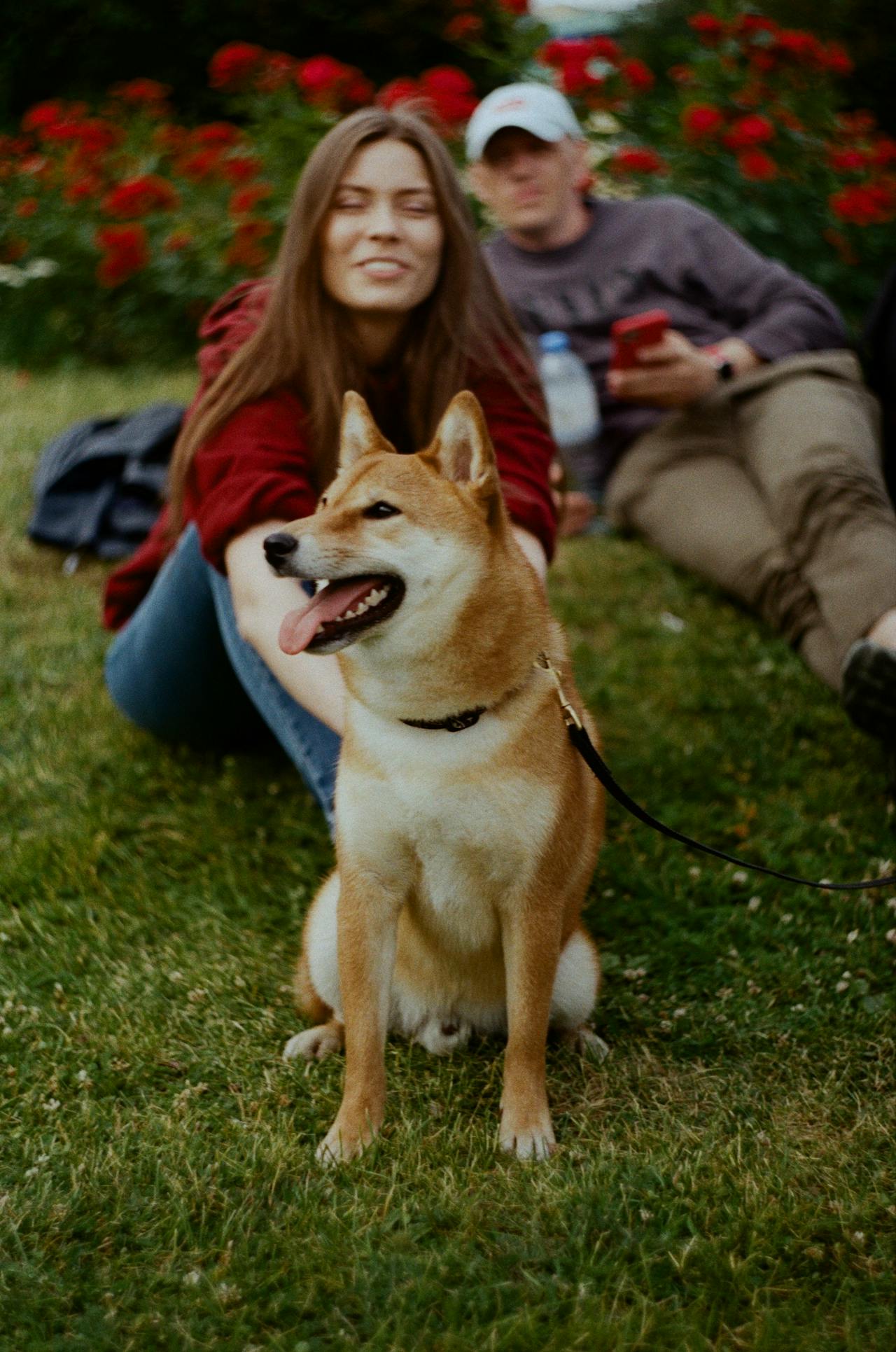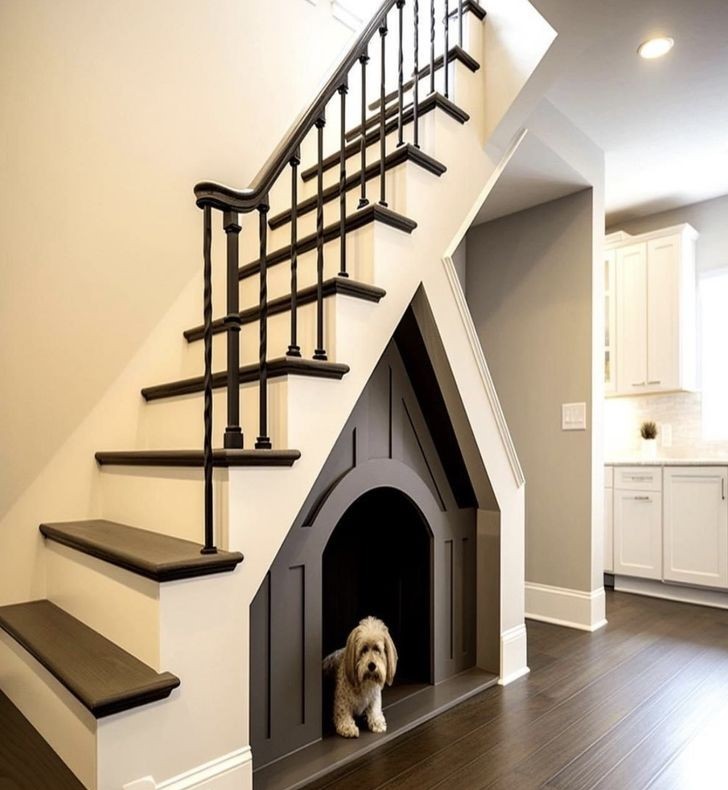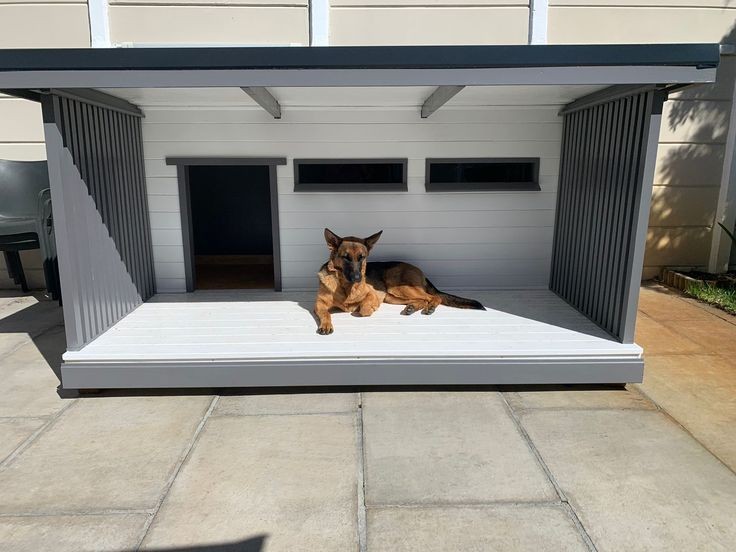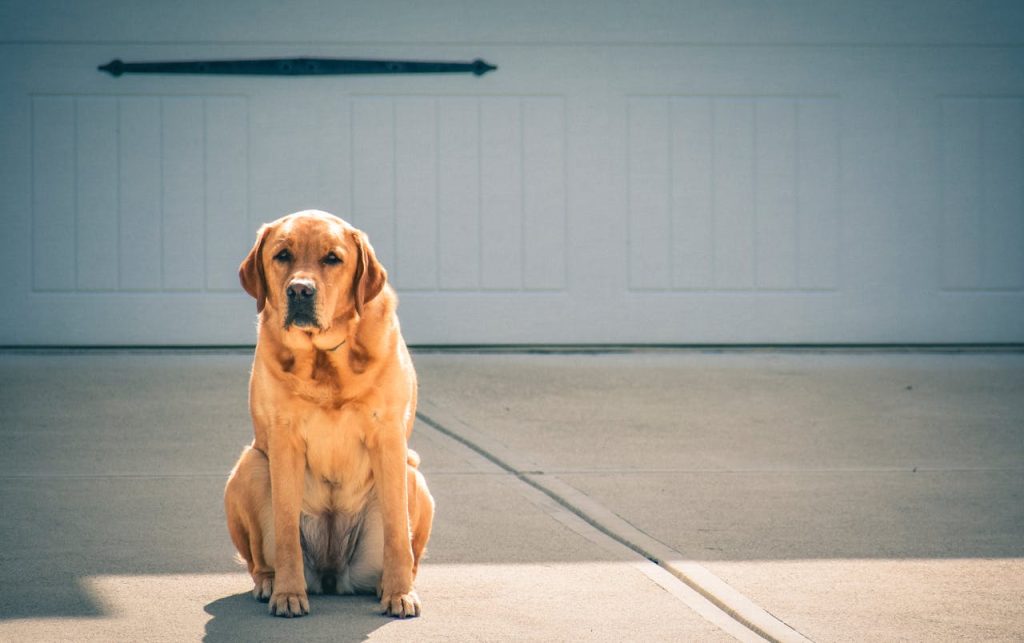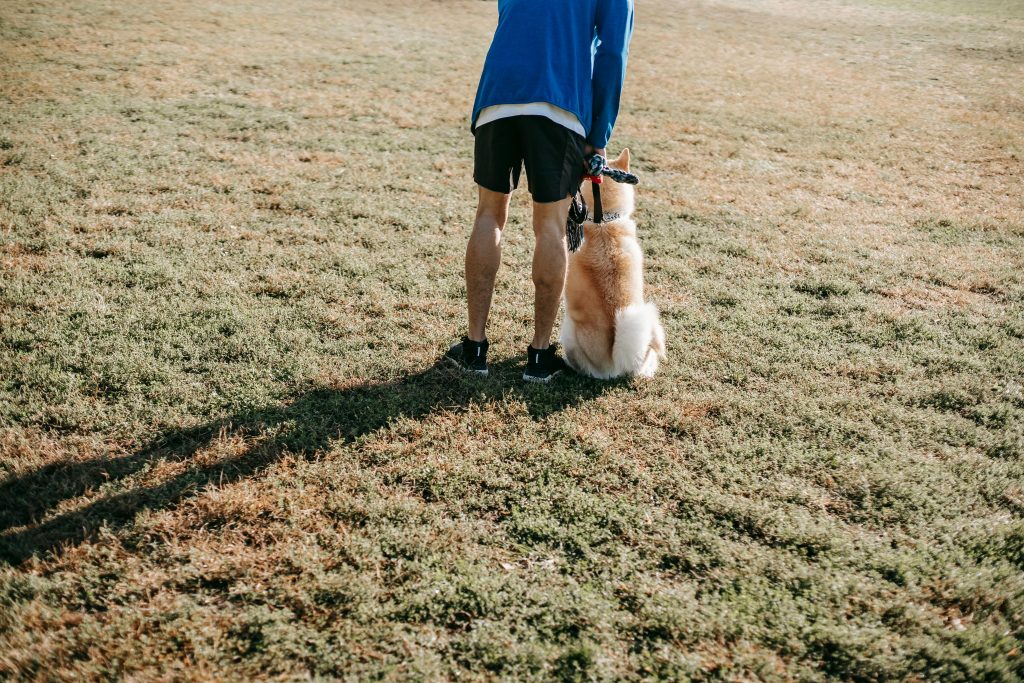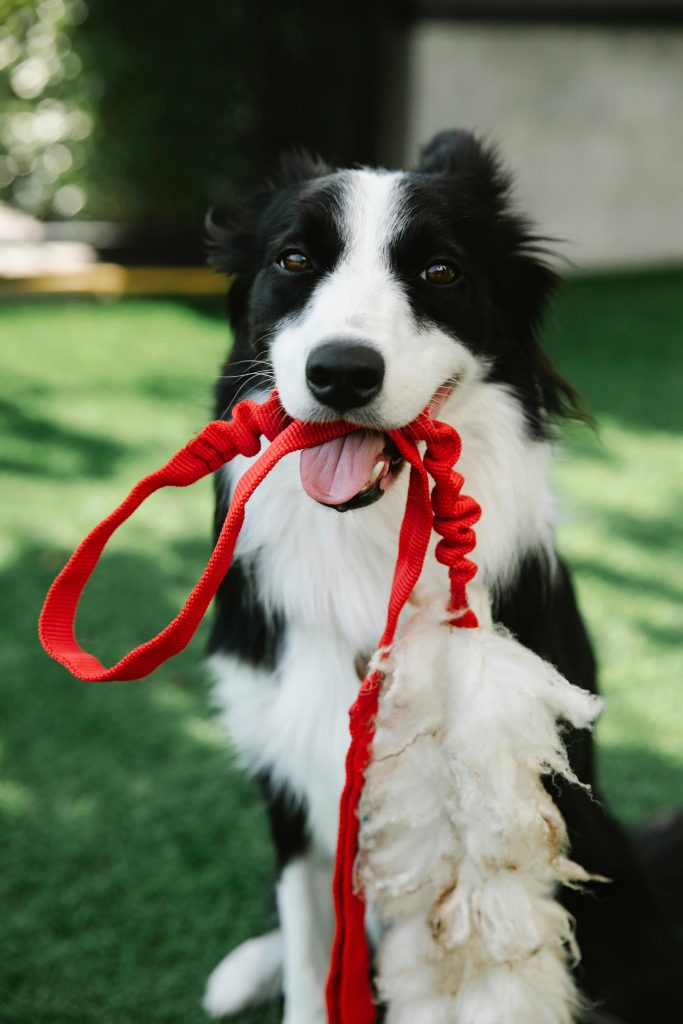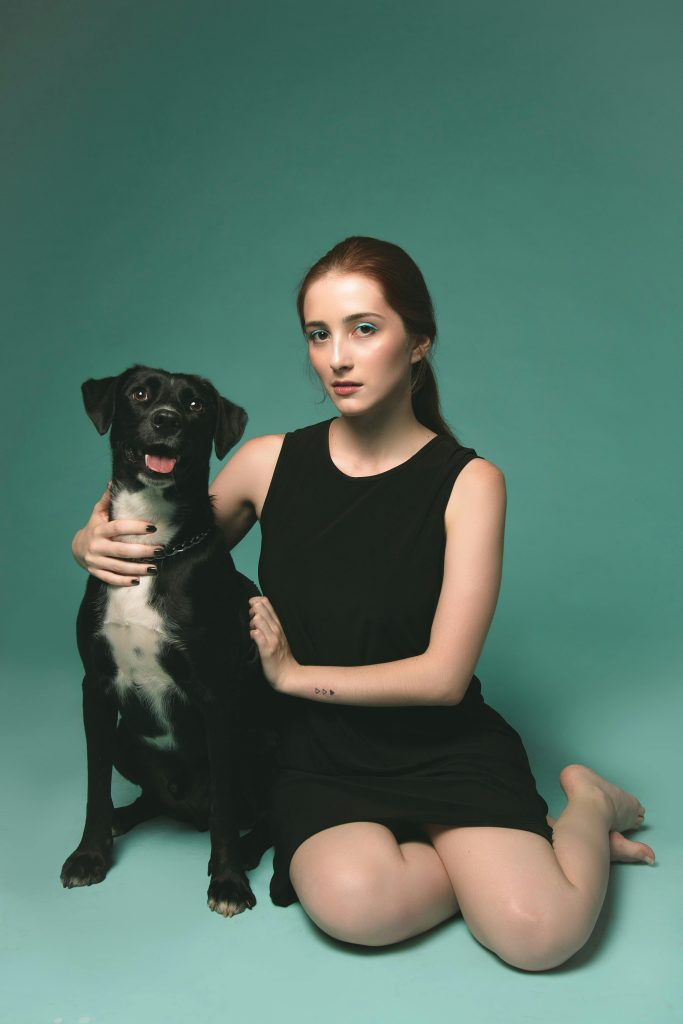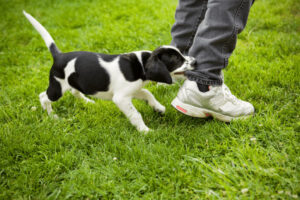Training your dog to sit and stay requires consistency and positive reinforcement. Start in a quiet space with minimal distractions.
Hold a treat above your dog’s head and say ‘Sit’ as they lower their bottom. Reward immediately with praise and a treat.
For ‘Stay,’ command your dog to sit, then use a hand signal and say ‘Stay.’ Step back slowly, maintaining eye contact. Reward if they stay in place.
Gradually increase the duration and introduce distractions. Always keep training sessions short and end on a positive note.
Mastering these basics sets the foundation for more complex commands.
This post contains affiliate links. However all the information provided on this site are my own honest opinions. See more in Disclaimer.
Table of Contents
Key Takeaways
- Use treats to guide the dog into a sit position, pairing with the verbal cue ‘Sit.’
- Reward the dog immediately after following the sit command with treats and praise.
- Introduce the ‘stay’ command with a palm-up hand signal and step back slowly.
- Gradually increase the duration and introduce mild distractions while reinforcing ‘stay.’
Understanding the Basics
Before you can effectively train your dog to sit and stay, you need to understand the basic principles of dog behavior and learning. Dogs are creatures of habit and respond best to consistency and positive reinforcement.
Recognizing that your dog learns through a combination of repetition, rewards, and clear communication is vital.
Start by observing your dog’s behavior. Notice how they react to different stimuli, such as treats, toys, or tones of voice. This helps you determine what motivates your dog and how to use those motivators in your training methods.
Dogs typically respond well to positive reinforcement, which involves rewarding them for desirable behavior. This could be a treat, praise, or playtime. It’s essential to be consistent with your commands and rewards.
If you want your dog to sit, use the same word and hand signal every time. Mixed signals can confuse your dog, making training less effective.
Remember, dogs thrive on routine, so maintain a regular training schedule to reinforce learning.
Lastly, patience is key. Dogs, like humans, have different learning paces. Stay calm and persistent, and your dog will eventually grasp the commands.
Choosing the Right Environment
To effectively train your dog to sit and stay, choose an environment with minimal distractions to help them focus.
Guarantee the space is comfortable and free from interruptions, as this will make the training sessions more productive.
Consistent training times in this controlled environment will reinforce positive behavior and aid quicker learning.
Minimize Distractions
Selecting a quiet, controlled environment is essential for successfully teaching your dog to sit and stay. Distraction reduction is critical because it allows your dog to concentrate solely on your commands.
Start by choosing a familiar indoor space, free from other pets, loud noises, or any other potential distractions. This setting will help your dog focus better during training sessions.
Consistency is key when conducting focus exercises. Use treats or toys to capture your dog’s attention, and hold them close to your face to encourage eye contact.
This simple action directs your dog’s focus towards you, laying a strong foundation for the sit and stay commands.
As your dog masters these skills, you can gradually introduce mild distractions, like a quiet TV or soft background music, to test and enhance their focus.
Patience is important. Don’t rush the process; make sure your dog is comfortable and confident in a distraction-free setting before adding more variables.
Comfortable Training Space
Creating a comfortable training space is essential for effective dog training, guaranteeing your pet feels secure and focused. Start by choosing an area with minimal distractions.
A quiet corner of your home or a fenced backyard often works well.
The ideal surface for training should be non-slip and soft, like grass or a rubber mat, to prevent injuries. Next, consider the training equipment you’ll need.
Essentials include a leash, treats, and a clicker for positive reinforcement.
Make certain everything is within reach, so you don’t interrupt the training session. Here’s a quick guide to setting up your training space:
| Element | Description |
|---|---|
| Location | Quiet, distraction-free area |
| Ideal Surface | Non-slip, soft (e.g., grass, rubber mat) |
| Training Equipment | Leash, treats, clicker |
| Accessibility | Keep necessary tools within reach |
Keep the training sessions short and engaging to maintain your dog’s attention. Make sure the environment is comfortable, with appropriate lighting and ventilation.
Regularly check the space for any potential hazards that could distract or harm your dog.
A well-prepared training area sets the stage for successful learning and strengthens the bond between you and your pet.
Consistent Training Times
Establishing consistent training times is vital for reinforcing good behavior and guaranteeing your dog knows what to expect. A well-planned training schedule helps your dog adjust and thrive in a structured environment.
By sticking to set times each day, you harness the power of repetition and predictability, which are essential for effective learning.
Start by choosing times that fit seamlessly into your daily routine. Consistency is key, so pick periods when you can reliably dedicate your attention and energy to training.
Effective time management will allow you to maintain these schedules without fail.
Trending in Dogs:
Early mornings or evenings often work well, as they’re usually quieter and free from distractions.
Next, consider the environment where you’ll conduct the training. A quiet, familiar space minimizes distractions and helps your dog focus.
Whether it’s your living room or a corner of your backyard, make sure the area is comfortable and free from interruptions.
This controlled setting not only aids your dog’s concentration but also reinforces the training’s effectiveness.
Using Positive Reinforcement
To effectively train your dog to sit and stay, you’ll need to use positive reinforcement techniques.
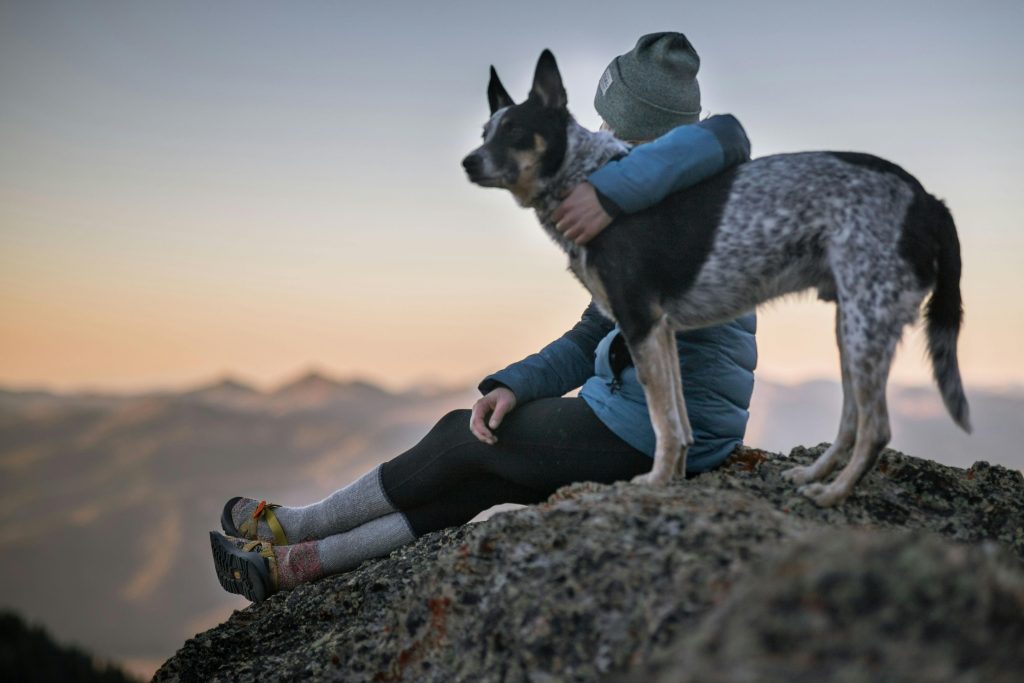
Reward your dog with treats and praise consistently to encourage good behavior.
Patience is essential; repeated practice will help your dog understand and follow your commands reliably.
Reward-Based Training Techniques
Harnessing positive reinforcement, you’ll find that reward-based training techniques can effectively teach your dog to sit and stay. One popular method is clicker training. Start by associating the sound of the clicker with a treat.
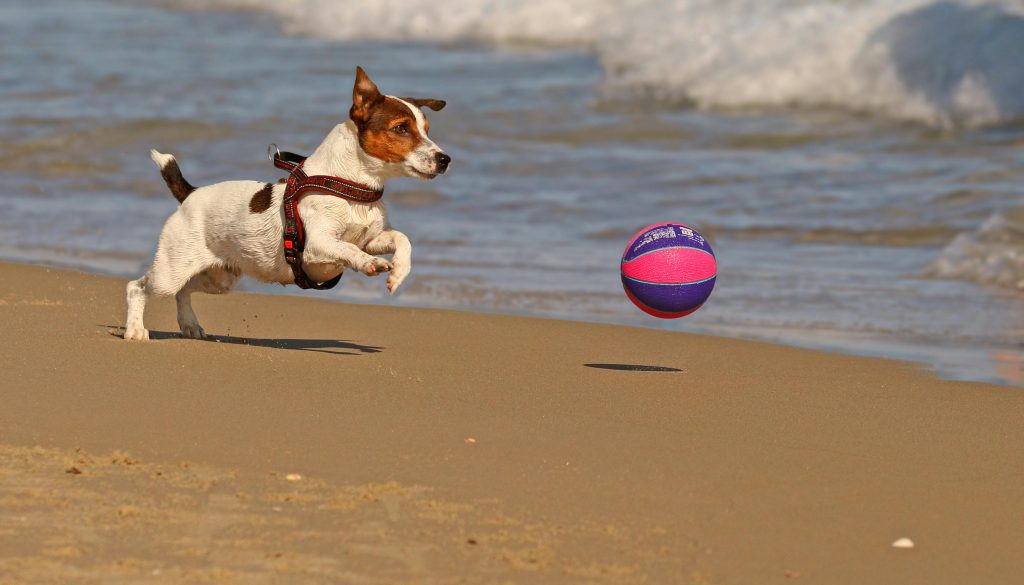
Click and immediately give your dog a treat, repeating this until your dog understands that the click means a reward is coming.
When you’re ready to train your dog to sit, hold a treat close to their nose, and slowly move it upward. This action should naturally make your dog’s bottom touch the ground. As soon as they sit, click the clicker and give them a treat.
The timing of the click is vital; it must coincide with the exact moment your dog sits.
For teaching the ‘stay’ command, have your dog sit first. Then, hold your hand out, palm facing your dog, and say ‘stay.’ After a brief pause, click and reward if they remain seated.
Gradually increase the duration before clicking and treating.
Monitoring reward frequency is important. Initially, reward your dog every time they succeed. As they get better, you can reduce the frequency of rewards, but always make sure to offer praise. Also read our post on How To Train A Dog For Hiking In 5 Easy Steps.
Consistency and Patience
Maintaining a consistent training routine and exercising patience are key components of effectively using positive reinforcement to teach your dog to sit and stay.
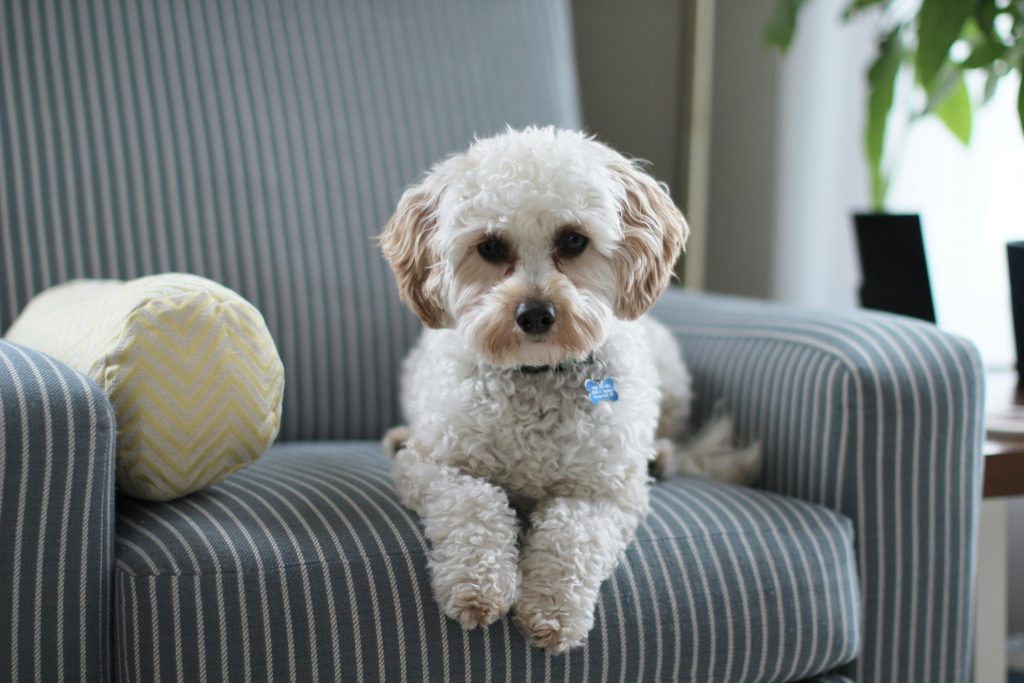
Consistency helps your dog understand what’s expected, while patience guarantees you don’t rush the learning process. Positive reinforcement should be immediate and meaningful, like giving a treat or verbal praise right after the desired behavior.
When teaching your dog to sit and stay, consistency means using the same commands and rewards each time. This repetition makes it easier for your dog to associate the command with the action.
Here’s a quick reference table to help you maintain consistency and patience:
| Key Aspect | Explanation |
|---|---|
| Consistent Commands | Use the same word or phrase each time (e.g., ‘sit’ or ‘stay’). |
| Immediate Rewards | Provide a treat or praise as soon as your dog performs the desired behavior. |
| Short Sessions | Keep training sessions brief to prevent your dog from losing interest. |
| Stay Calm | Your calm demeanor helps reinforce a positive learning environment. |
| Gradual Increase | Slowly increase the duration your dog must stay to build their endurance. |
Teaching the Sit Command
Teaching your dog to sit is one of the fundamental commands that will establish a foundation for further training. Start by choosing a quiet environment with minimal distractions.
Hold a treat close to your dog’s nose, and let them sniff it. Then, slowly move the treat upwards, causing their head to follow the treat and their bottom to lower to the ground.
As your dog sits, use a clear verbal cue like ‘Sit’ coupled with a hand signal. A common hand signal involves raising your hand slightly while holding the treat.
Consistently pairing the verbal cue with the hand signal will help your dog understand the command more quickly.
Once your dog sits, immediately reward them with the treat and praise. Consistency is key, so repeat this process multiple times in short sessions throughout the day.
Gradually phase out the treat, but continue to use verbal cues and hand signals to reinforce the behavior.
Introducing the Stay Command
Now that your dog has mastered the sit command, you can introduce the stay command to build on their obedience skills.
Start by having your dog sit. Hold your hand up, palm facing them, and clearly say the verbal cue ‘stay.’
Step back slowly, maintaining eye contact. If your dog stays in place, praise them and reward them with a treat.
Gradually increase the stay duration by adding a few more seconds each time. It’s essential to reinforce the behavior consistently.
If your dog breaks the stay, calmly guide them back to the original spot and repeat the command. Use a firm but encouraging tone to guarantee they understand what’s expected.
You’ll want to practice in short sessions, focusing on positive reinforcement. Over time, as your dog becomes more reliable, you can introduce distractions to test their focus.
Remember, patience is key; every dog learns at their own pace. Always end training sessions on a positive note to keep your dog motivated.
Combining Sit and Stay
Combining the sit and stay commands will enhance your dog’s obedience and improve their overall discipline. To start, make sure your dog is comfortable with both commands separately. Begin by asking your dog to sit.
Once they’re in the sitting position, introduce the stay command. Hold your hand out, palm facing them, and say ‘stay’ in a firm, calm voice.
Watch your dog’s body language closely.
If they seem relaxed and focused, gradually increase the training duration. Start with a few seconds, then extend it as they become more comfortable.
It’s essential to keep sessions short initially, to prevent your dog from losing focus or becoming frustrated.
Always reward your dog with treats and praise when they successfully combine the sit and stay commands. Positive reinforcement encourages them to repeat the desired behavior.
Consistency is key; practice in different environments to guarantee your dog can follow the commands despite distractions.
As you progress, gradually increase the distance between you and your dog while they’re in the sit-stay position. This will build their confidence and reliability in following the commands.
Troubleshooting Common Issues
When your dog struggles with the sit-stay command, pinpointing the root cause is vital for effective troubleshooting. One common issue is inconsistent training.
If you don’t practice regularly or use different commands, your dog can get confused.
Consistency reinforces dog behavior, helping your pet understand what’s expected.
Another problem could be distractions. Training in a noisy or busy environment can make it hard for your dog to focus. Start in a quiet area and gradually introduce distractions as your dog becomes more proficient.
It’s also important to take into account your own actions. Training mistakes like using harsh tones or inconsistent rewards can undermine your efforts.
Always use a calm, authoritative voice and reward positive behavior immediately.
If your dog still won’t sit and stay, they mightn’t fully understand the command. Break down the training into smaller steps, ensuring your dog masters each phase before moving on.
Demonstrate patience and give plenty of positive reinforcement.
Frequently Asked Questions
Training sessions should last 10-15 minutes to keep your dog engaged. Aim for two to three sessions daily.
This training duration guarantees effective learning, while session frequency helps reinforce commands without overwhelming your dog.
Yes, older dogs can learn to sit and stay. Use consistent training methods, positive reinforcement, and patience.
While it might take longer than with younger dogs, older dogs are fully capable of learning new commands.
Oh, your dog has anxiety issues? Welcome to the club! Identify anxiety triggers and use calming techniques like gentle petting or soothing music. You’ll soon be the zen master your anxious furball needs.
Yes, certain breeds are easier to train for sit and stay due to their breed characteristics. Use consistent training techniques tailored to your dog’s temperament. You’ll find breeds like Border Collies and Poodles particularly receptive.
Consistency is king. Make certain everyone uses the same training techniques and command reinforcement. Share a detailed plan, like a blueprint, with family or trainers. This keeps your dog on the same page, avoiding confusion.
Conclusion
You’ve now navigated the nuances of dog training, mastering the methods to make your pup proficient in sitting and staying.
With patience, practice, and positive reinforcement, you’ll see significant success.
Remember, consistency is key, and a calm, confident demeanor will drive delightful results.
Keep at it, and soon, your furry friend will follow commands flawlessly.
Fostering a fantastic bond between you two—happy training!
